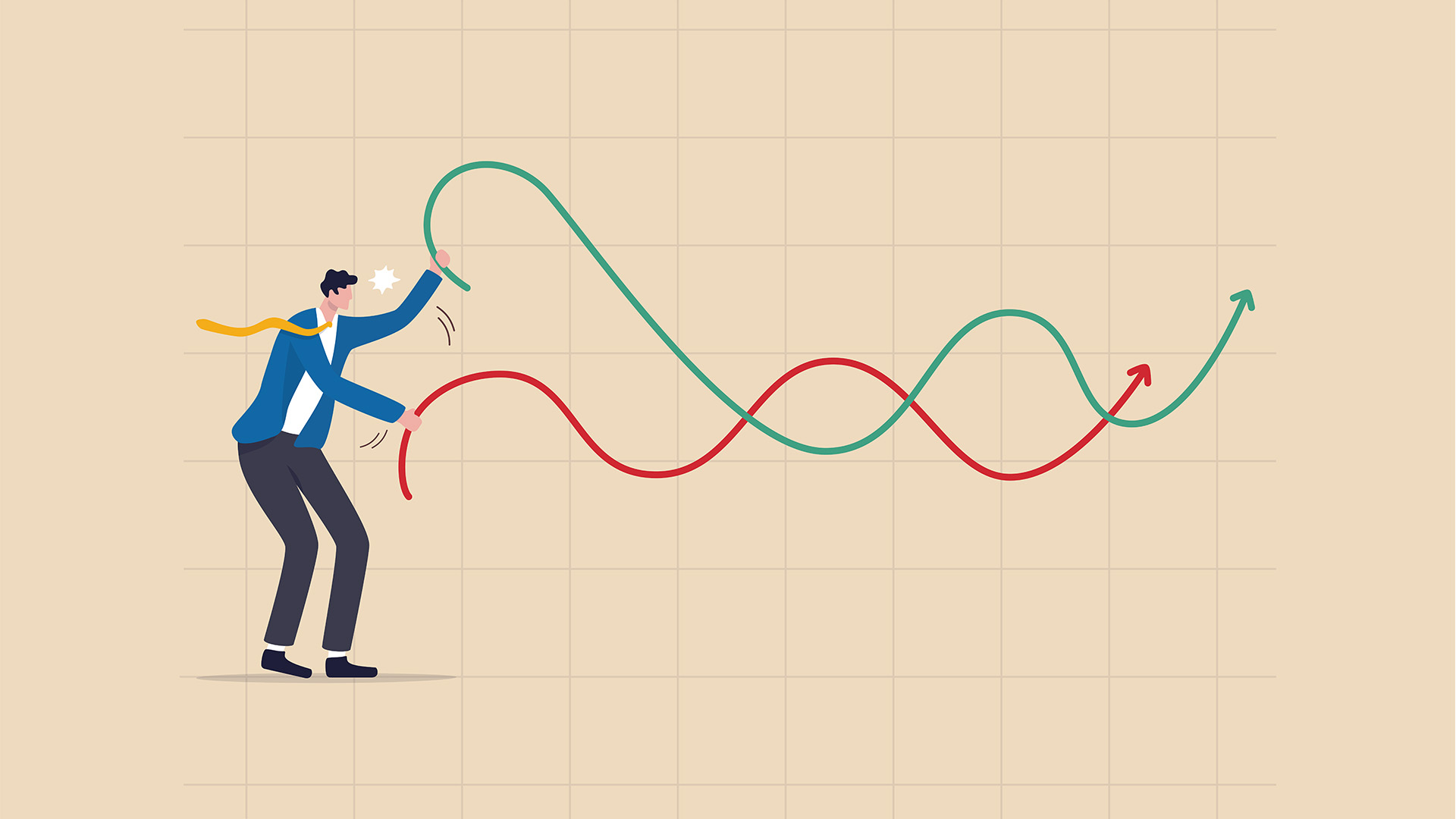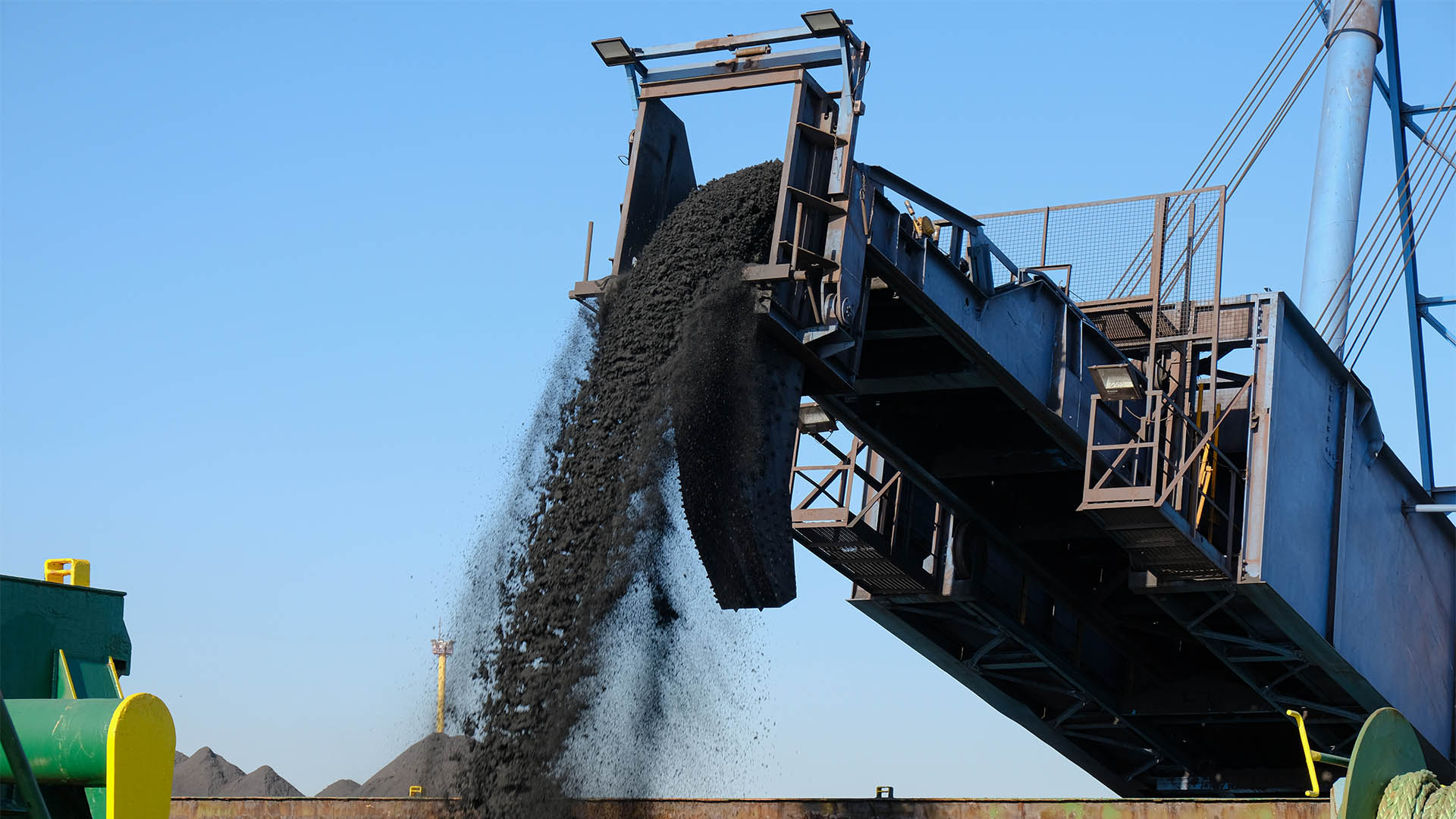Santa didn’t stop at Australian retailers in December 2019 and where he paused, shoppers were not very enthusiastic.
As a result, retail sales suffered their biggest one-month fall in more than two years last month as bushfires and the smoke haze and very hot weather kept shoppers away from the nation’s malls and stores and when they had to visit, their wallets were not opened very wide.
The Australian Bureau of Statistics on Thursday reported retail sales fell 0.5% in the most important shopping month of the year. It was the worst monthly result since August 2017 and the worst December since 2009 as we started emerging from the GFC.
The December fall had come after a strong November that had been inflated by the Black Friday sales.
November’s rise was revised up to 1.0% from the first reported 0.9% and was responsible for the 0.5% rise in quarterly volumes for the three months to December (no rise the quarter before).
That is good news for the December quarter’s GDP report as its the strongest quarterly rise in volumes for several years.
But the December fall confirmed fears among economists that all November’s sales rise had simply purchases that would have otherwise been made in the run-up to Christmas or in the post – Christmas sales in January.
That’s why the retail sales data for January are set to show another big fall, with the fuller impact from the terrible fires across most of the month. February will also show some fire impact, but a month where the worsening coronavirus crisis in China starts hitting sales here.
The retail sales report for December came a day after figures for January showed new car sales at their lowest level for January since 2003.
Car sales are not included in the retail sales figures but the 12.5% slump – the 22nd month in a row of negative sales – tells us retail figures for January and February are going to be messy.
Almost all sectors were hit, with sales down by 2.8% in department stores, 1.5% in clothing and footwear, 0.3% for food, and 0.9% in the cafe and restaurant sector (the latter being blamed on the impact of the smoke, fallout from the fires and very hot weather).
NSW shoppers shunned stores, with sales down 1.2%, a fall of 0.5% in Queensland, 1.3% in South Australia, 0.4% in the Northern Territory and 0.1% in the ACT.
Sales were flat in Victoria. Sales were also flat in Western Australia while they rose 1.1% in Tasmania.












